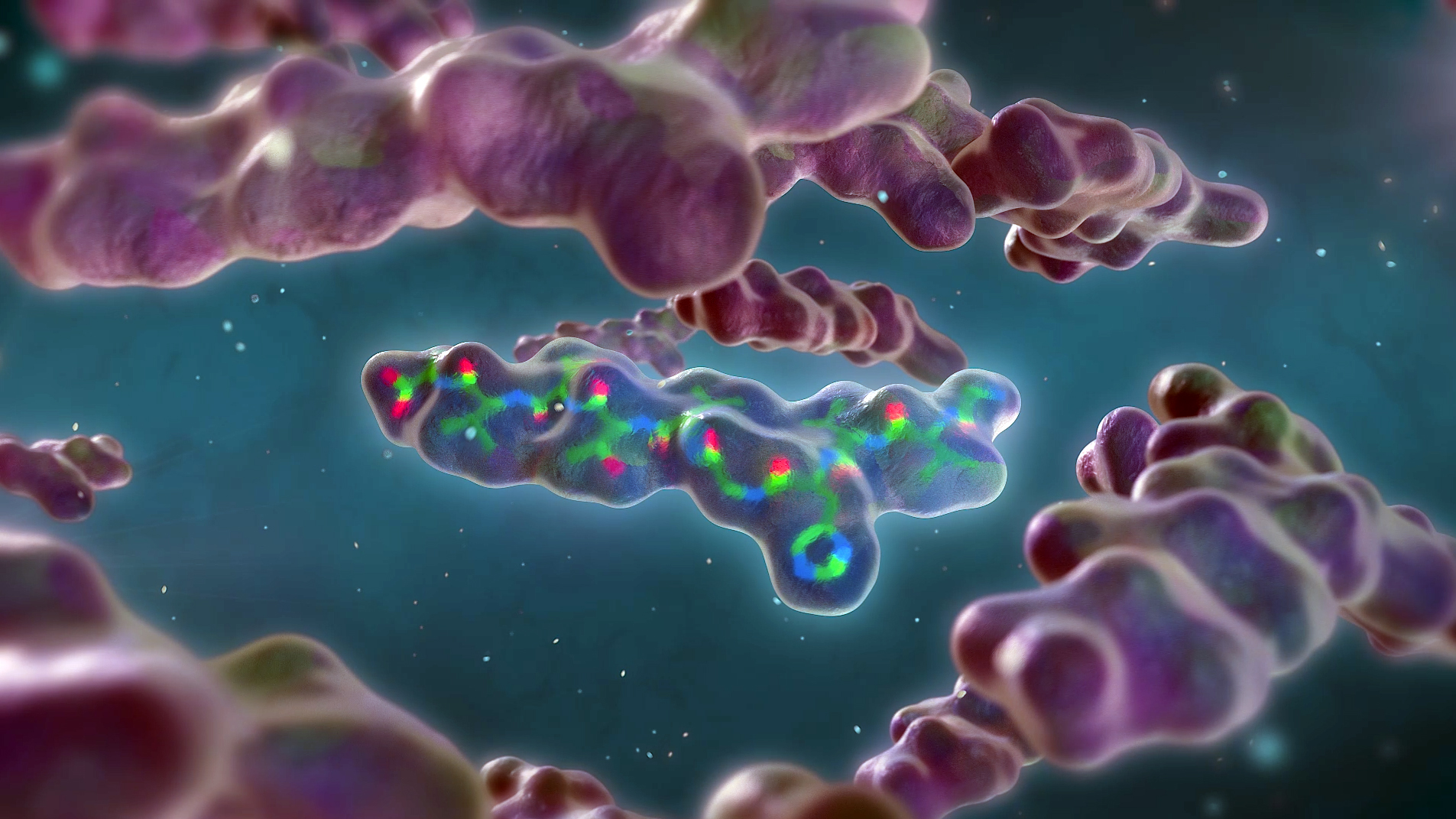

Resolution in a New Dimension for Solving Challenges of Society
High Field GHz-Class Magnets Used for Finding Solutions for Structural Biology Key Questions
A key principle in biology is: structure determines function. Our customers try to understand how molecules interact with each other and then modify their function.
This is key in finding solutions against diseases like: Alzheimer, Parkinson, Cancer and Covid-19.
The increased spectral resolution and sensitivity of the 1.2 GHz NMR has already enabled research teams to look more deeply at proteins and better understand the initial steps of amyloid-type protein aggregation as well as the function and structure of the Tau protein, both commonly associated with Alzheimer’s disease.
1.2 GHz at the Max Planck Institute for Multidisciplinary Sciences
Research includes the structures, dynamics and function of important globular proteins, membrane proteins and protein complexes.
Ultra-high field NMR is also unique in that it can study the properties and interactions of intrinsically disordered proteins (IDPs), which make up 30-50% of the human proteome. IDPs play a crucial functional rule in fundamental cell biology, and they are also involved in many instances of disease biology.
Ultra-high field NMR is ideally suited to overcome otherwise poor spectral dispersion, typically encountered for IDPs or partially disordered proteins.
1.2 GHz at the ETH Zürich
The Bio-NMR group, headed by Roland Riek, is part of the Laboratory of Physical Chemistry at the Department of Chemistry and Applied Biosciences of the Swiss Federal Institute of Technology (ETH) Zurich.
Nuclear Magnetic Resonance Spectroscopy (NMR) is one of the very few experimental techniques in structural biology to determine atomic resolution structures and to investigate dynamic features and intermolecular interactions of biological macromolecules at atomic resolution. Using NMR as their main tool, the objective of the research in Roland Riek's group is to understand the conformational switches of proteins associated with amyloid diseases and trans-membrane signaling.
1.2 GHz at the University Düsseldorf/ Forschungszentrum Jülich
The function of each cell and each organism decisively depends on the dynamic interactions between biological macromolecules and on their correct three-dimensional structure. Faulty interaction and incorrectly folded structures eventually lead to diseases and ageing.
The aim of the Institute for Physical Biology at the Heinrich Heine University of Düsseldorf is to understand these interactions and to determine the three-dimensional structure of the protein complexes involved in cellular processes - if possible, at atomic resolution.
They are interested in understanding the structural features of life's key players and to use their insights to identify new therapeutic opportunities to interfere with disease-related processes.
In this respect the Etzkorn Group at the Institute for Physical Biology of the Heinrich Heine University Düsseldorf focuses on the following topics:
Membrane systems in neuronal signalling, NMR method development and Biocatalysis.
The Ultra-High Field NMR of the Durch Research Consortium at Utrecht
The uNMR-NL facility enables non-invasive characterization of molecular systems from the atomic to micrometer range by ultra-high field NMR. The current uNMR-NL high-end 1.2 GHz spectrometer is equipped with state-of-the-art instrumentation for all fields of research needed.
Understanding the Behaviour & Communication of Glycans with NMR
In this interview, Jesús Jiménez-Barbero, the scientific director of CIC bioGUNE in Bilbao, Spain, discusses his research on the role of sugars (glycans) in cellular interactions. Using NMR spectroscopy, his team studies how these flexible molecules interact with other cells and pathogens. He highlights advancements in NMR technology, including a new GHz instrument, which enhance their ability to analyze complex glycoproteins and their interactions, particularly in the context of viral infections and cancer. This research aims to develop new therapeutic strategies by understanding these molecular interactions.
Ultra-High Field NMR: Studying Intrinsically Disordered Proteins (IDPs)
Julie Forman-Kay explains the benefits of High Field NMR at the University of Toronto’s NMR center. Learn how her team uses this advanced technology to study disordered proteins and investigate for example autism-related protein variants. Discover the groundbreaking research on how molecular environments impact protein function and stability.